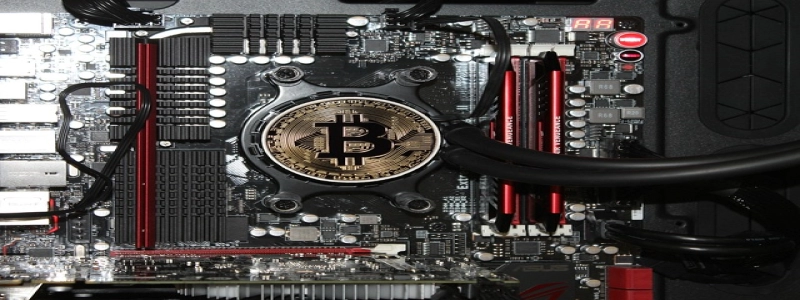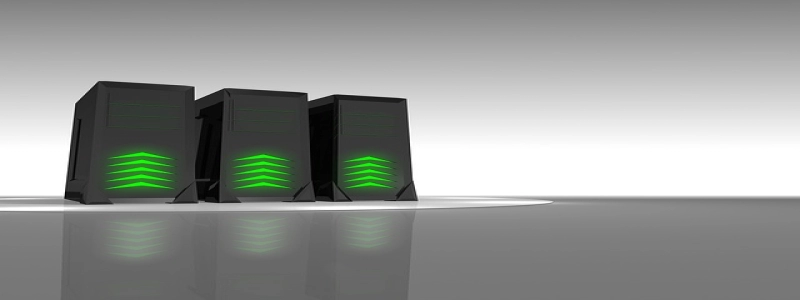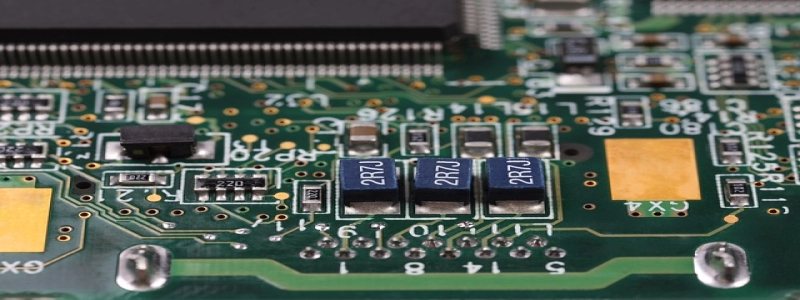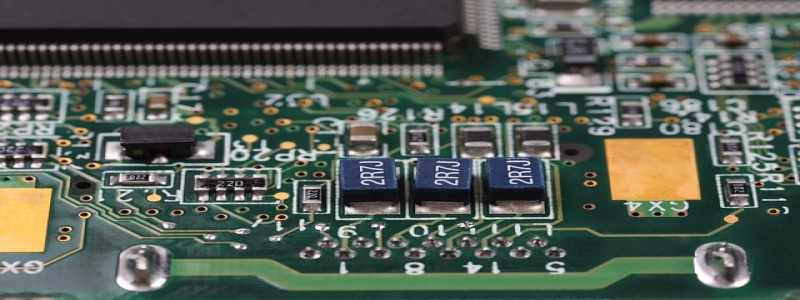Different Connector Types
I. Introduction
A. Definition of connectors
B. Importance of connectors in various industries
II. Types of Connectors
A. USB Connectors
1. USB Type-A Connector
a. Description and common uses
b. Advantages and disadvantages
2. USB Type-B Connector
a. Description and common uses
b. Advantages and disadvantages
3. USB Type-C Connector
a. Description and common uses
b. Advantages and disadvantages
B. HDMI Connectors
1. HDMI Type-A Connector
a. Description and common uses
b. Advantages and disadvantages
2. HDMI Type-B Connector
a. Description and common uses
b. Advantages and disadvantages
C. Ethernet Connectors
1. RJ45 Connector
a. Description and common uses
b. Advantages and disadvantages
2. Fiber Optic Connector
a. Description and common uses
b. Advantages and disadvantages
D. Audio Connectors
1. 3.5mm Connector
a. Description and common uses
b. Advantages and disadvantages
2. XLR Connector
a. Description and common uses
b. Advantages and disadvantages
III. Conclusion
A. Importance of understanding different connector types
B. Future trends in connector technology
In this article, we will explore the different types of connectors that are commonly used in various industries. Connectors play a crucial role in connecting different devices, enabling the transfer of data, power, and signals between them.
USB Connectors
USB (Universal Serial Bus) connectors are widely used for connecting devices such as computers, smartphones, cameras, and printers. There are three common types of USB connectors: Type-A, Type-B, and Type-C.
Type-A connectors are the rectangular connectors that are commonly found on computers and USB wall chargers. They are used for connecting peripheral devices such as keyboards, mice, and external hard drives. However, their main drawback is that they are not reversible, meaning they can only be inserted in one orientation.
Type-B connectors are usually found on printers and larger peripheral devices. They are square-shaped with rounded corners and have a smaller size than Type-A connectors. While they are also not reversible, they provide a more secure connection.
Type-C connectors are the latest addition to the USB family and offer several advancements. They are smaller in size, reversible, and support faster data transfer rates. Additionally, they can also carry video and audio signals, making them versatile connectors for modern devices.
HDMI Connectors
HDMI (High-Definition Multimedia Interface) connectors are primarily used for transmitting audio and video signals between devices such as TVs, monitors, and gaming consoles. The two main types of HDMI connectors are Type-A and Type-B.
Type-A connectors are the standard HDMI connectors that are commonly used. They have 19 pins and support resolutions up to 1080p. This type of connector is found on most consumer electronic devices.
Type-B connectors, also known as HDMI 1.3 connectors, are less common and are used for connecting devices that require higher bandwidth, such as professional cameras and high-end gaming systems. They have 29 pins and support resolutions up to 1440p.
Ethernet Connectors
Ethernet connectors are used to establish network connections in various industries. The two main types of Ethernet connectors are RJ45 connectors and fiber optic connectors.
RJ45 connectors, also known as Ethernet connectors or LAN connectors, are commonly used for wired computer networks. They feature eight pins and are primarily used for connecting devices to routers or switches.
Fiber optic connectors, on the other hand, use optical fibers to transmit data over long distances at high speeds. They are commonly used in industries such as telecommunications and networking.
Audio Connectors
Audio connectors are used for establishing audio connections between devices such as speakers, headphones, and amplifiers. The two common types of audio connectors are the 3.5mm connector and the XLR connector.
The 3.5mm connector, also known as a mini-jack connector, is widely used in consumer electronics. It is commonly found on mobile phones, laptops, and portable music players. However, it is relatively small and may not provide the best audio quality.
The XLR connector is a professional audio connector commonly used in the music and entertainment industry. It provides a balanced audio connection, reducing interference and noise. XLR connectors are known for their durability and reliable performance.
In conclusion, understanding the different connector types is essential in today’s interconnected world. Whether it is for data transfer, audio and video transmission, or network connectivity, the right connector ensures a reliable and efficient connection between devices. As technology continues to advance, we can expect to see even more innovative connector designs in the future.








